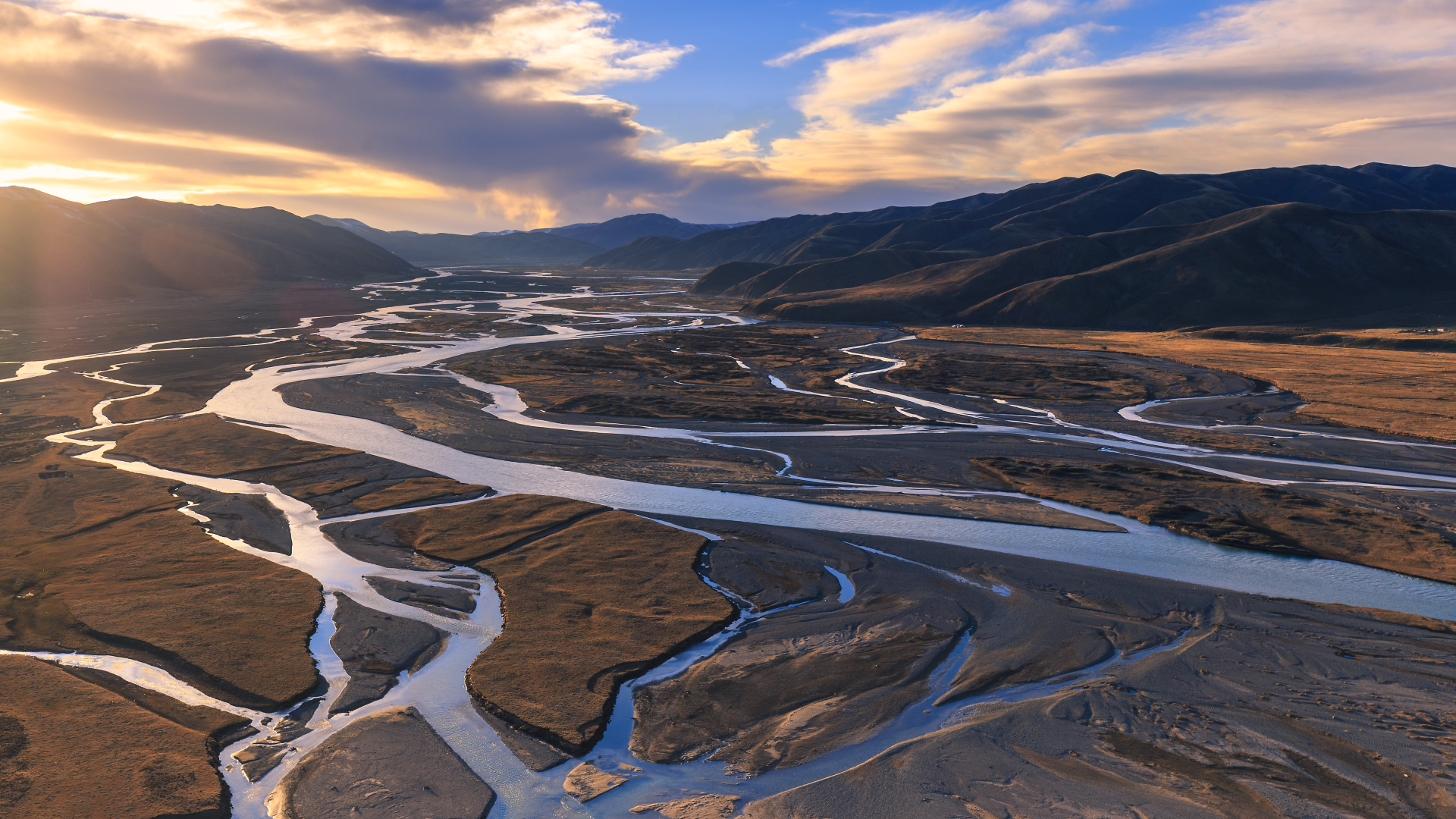

Meanwhile, it demonstrates the effectiveness of the Sr Nd isotopic and geochemical tools for provenance analyses of the clay-size sediments, although 87Sr/ 86Sr should be used cautiously for provenance apportionment due to its indistinguishability between the Chinese and Korean rivers. This study not only gives deep insight into the formation and evolution theory of the Jianggang RSRs, but also enriches the sediment migration patterns in the Yellow Sea. Through the Sr Nd isotopic comparisons, it was further found that there existed a large-scale transport of the clay-size sediment from the Yangtze River Mouth within the Yellow Sea to reach the Jianggang RSRs finally under the influence of the Changjiang Diluted Freshwater and the Yellow Sea Warm Current. Based on the analyses of Sr Nd isotopes and trace elements through MixSIAR model, the clay-size sediments of the onshore RSRs mainly originated from the Yangtze River Mouth, but those of the offshore RSRs were predominantly mixed by the Yangtze River Mouth, the Modern Yellow River Mouth and the Old Yellow River Delta, while the contributions of other sources were tiny. The UCC normalized patterns of the clay-size sediments in the onshore and offshore RSRs were close to those of the Yangtze River Mouth, Modern Yellow River Mouth and Old Yellow River Delta, but different from those of the Korean rivers and Cheju Island. However, there was a clearly Sr Nd isotopic boundary between the two RSRs, indicating that the offshore clay-size sediments were just partly transported to the onshore area. The clay-size sediments showed partially similar Y/Hf and Rb/Sc ratios and upper continental crust (UCC)-normalized distribution patterns of trace elements between the onshore and offshore RSRs. The clay-size sediments in the offshore RSRs were represented by high concentrations of Sr, Co, Zr, Nb, Hf, Ta, while in the onshore RSRs were characteristic of high concentrations of other elements (except for Ba). The isotopic and geochemical data showed that 87Sr/ 86Sr ratios and ε Nd(0) values of the clay-size sediments ranged from 0.719 to 0.725 and from −14.5 to −12.2, respectively for the onshore RSRs, and from 0.715 to 0.724 and from −14.6 to −10.9, respectively for the offshore RSRs. The clay minerals of the sediments in the Jianggang RSRs, Yangtze River Mouth, Modern Yellow River Mouth and Old Yellow River Delta were characterized by high illite and low smectite contents, differing from those of the Korean rivers. In this paper, the residual fraction of the clay-size sediments in the Jianggang RSRs was isotopically and geochemically determined to analysis their provenance contributions and transport patterns. Although the sediment provenance of the Jianggang radial sand ridges (RSRs) in the southwestern Yellow Sea has attracted much attention in recent years, the provenance of the clay-size fraction is rarely known.


 0 kommentar(er)
0 kommentar(er)
